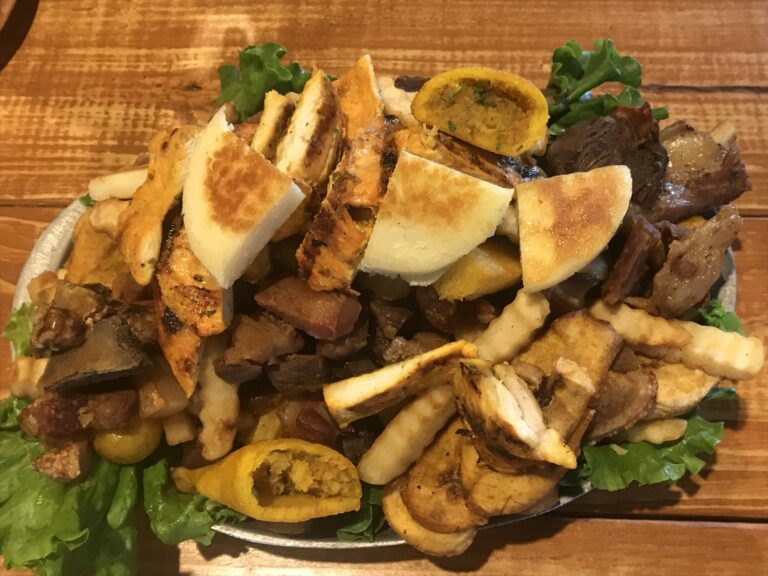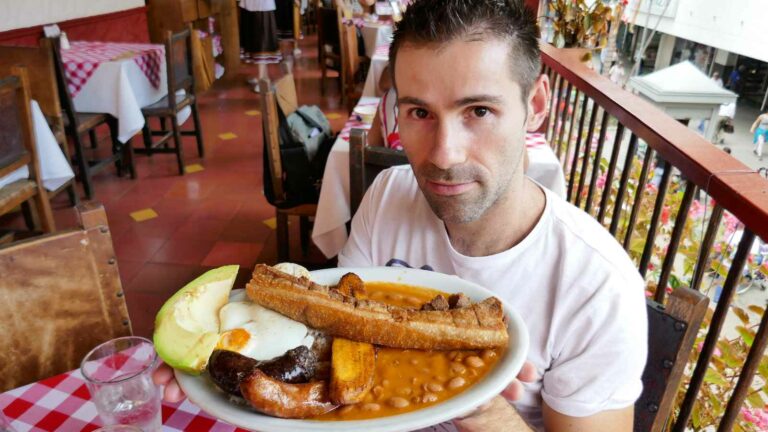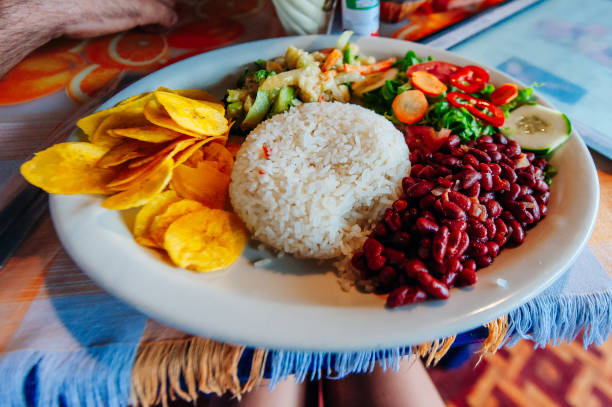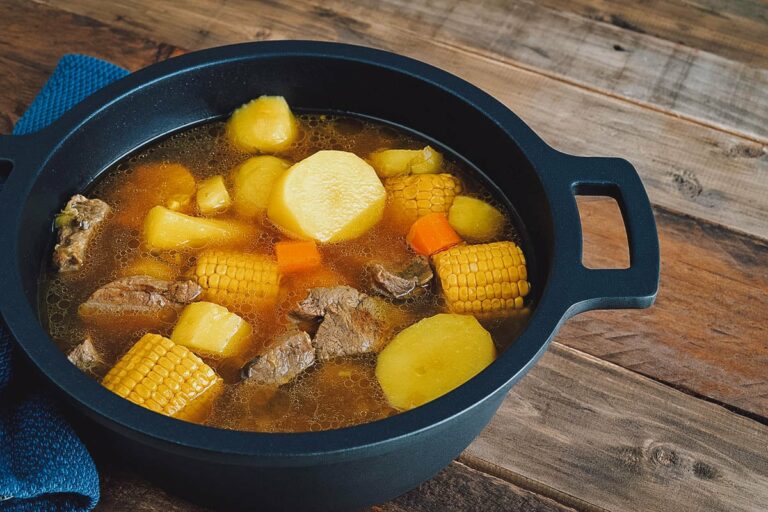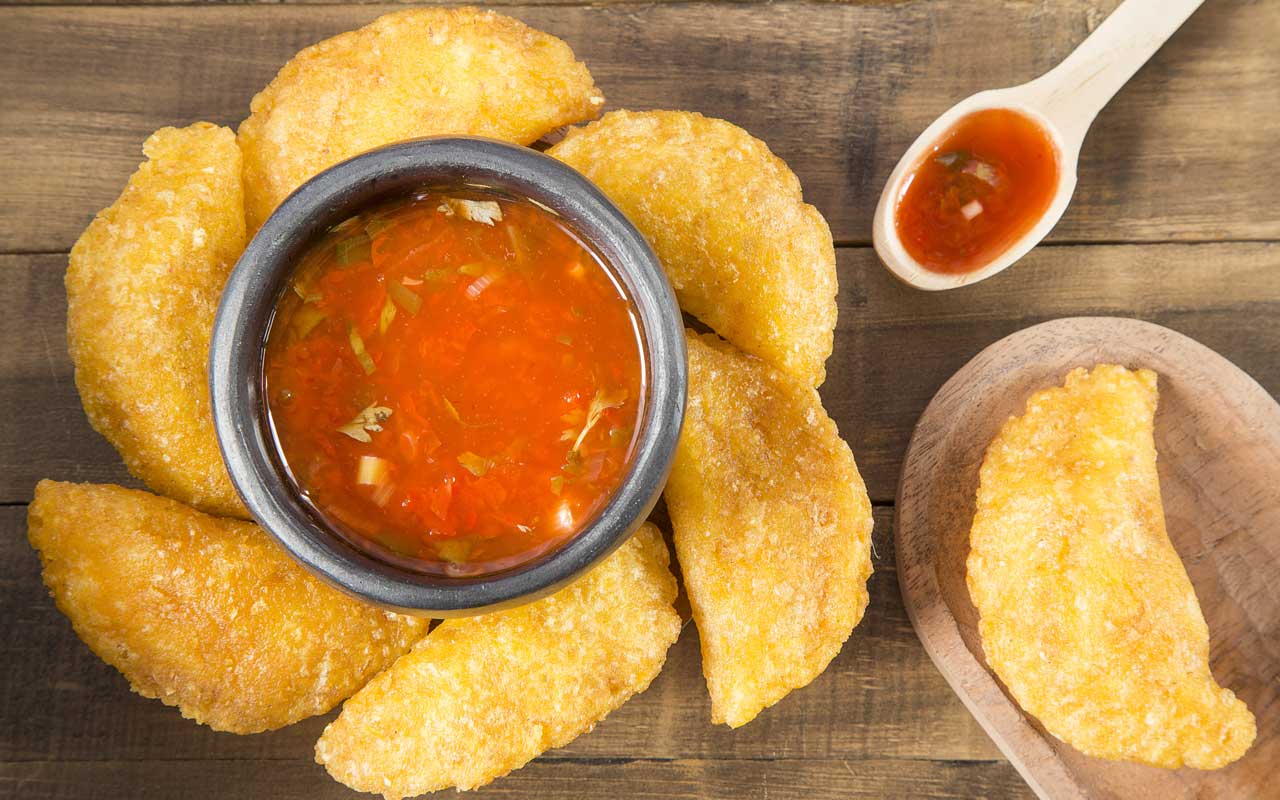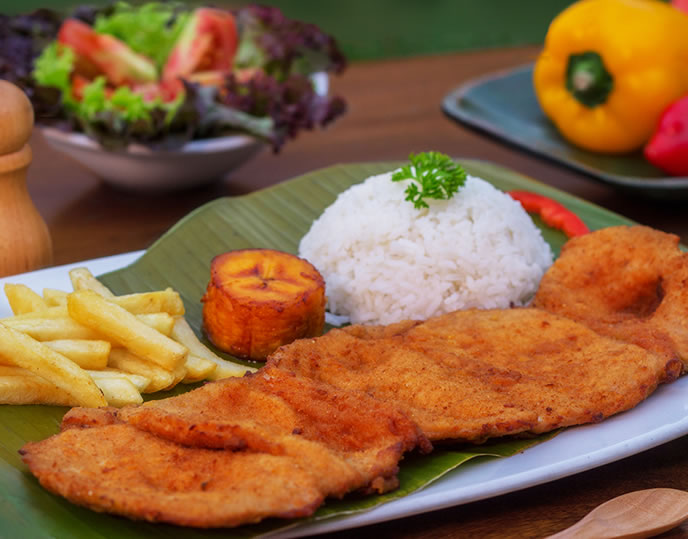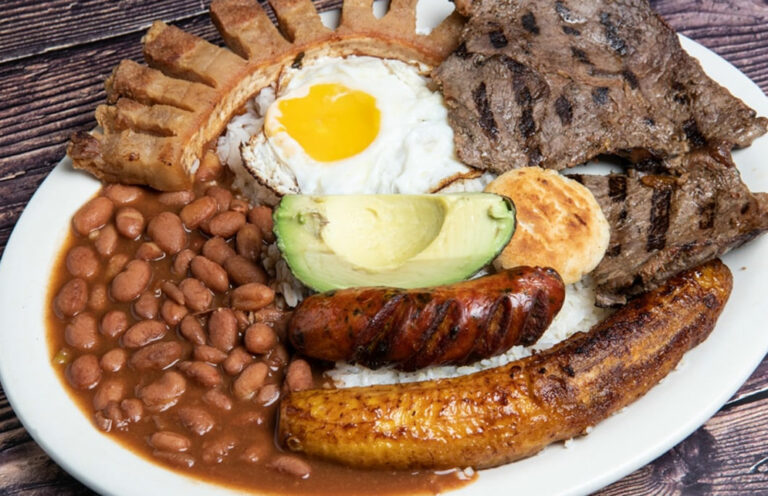Aguadas – a name that means something to very few. But the community in the Colombian department of Caldas should definitely be on the to-do list of coffee lovers on a tour of the country! Because here we go to the proverbial root of delicious Colombian coffee. A few kilometers north of Manizales, Aguadas’ beautiful landscape welcomes you with impressive escarpments where bananas and sugar cane are grown in addition to coffee. Aguadas in Caldas is part of Colombia’s network of heritage villages, where visitors can experience the country’s coffee culture up close.
Colombia – the ideal coffee country

Colombia is without a doubt one of the coffee countries par excellence. The popular plants did not reach the northern part of South America until the beginning of the 19th century. The climatic conditions in Colombia quickly proved to be ideal for coffee cultivation: average temperatures between 24°C and 26°C allow the coffee plants to thrive in this tropical region.
The Arabica variety grown here is characterized by a full, balanced and smooth taste, and Colombia now holds a solid third place among the coffee-growing countries in the world.
The main growing region in Colombia for coffee is the so-called “coffee triangle” with the departments of Risaralda, Quindio and Caldas. Here the sensitive coffee trees find the best growing conditions at altitudes between 1,000 and 2,000 meters and in Aguadas too the mountain slopes are covered by the plants and form the livelihood of the inhabitants of this region. Between the mountains and steep slopes, Aguadas offers perfect conditions for the Arabica coffee variety, which is sold all over the world.
Back to the roots – coffee culture from Aguadas

Aguadas is one of the 17 municipalities of Caldas that are part of Colombia’s Coffee Cultural Landscape. As early as 2011, this region was declared a World Heritage Site by UNESCO because it is an exceptional example of a sustainable and productive cultural landscape, unique and representative of Colombia’s tradition.
The coffee culture landscape of Colombia is considered a strong symbol for the cultivation areas worldwide and, according to UNESCO, reflects a hundred-year-old tradition of coffee cultivation in the high forest. And rightly so: Today, visitors to Aguadas can get to know the Colombian coffee culture up close. At one of the typical haciendas in the mountains, guests are introduced to coffee cultivation and the laborious and traditional manual bean harvest and shown how the fresh coffee beans are threshed and then roasted.
And if you are already tormented by the longing for delicious coffee, rest assured: cooking and tasting our favorite coffee drink is also an integral part of the tour on some farms in the region.

